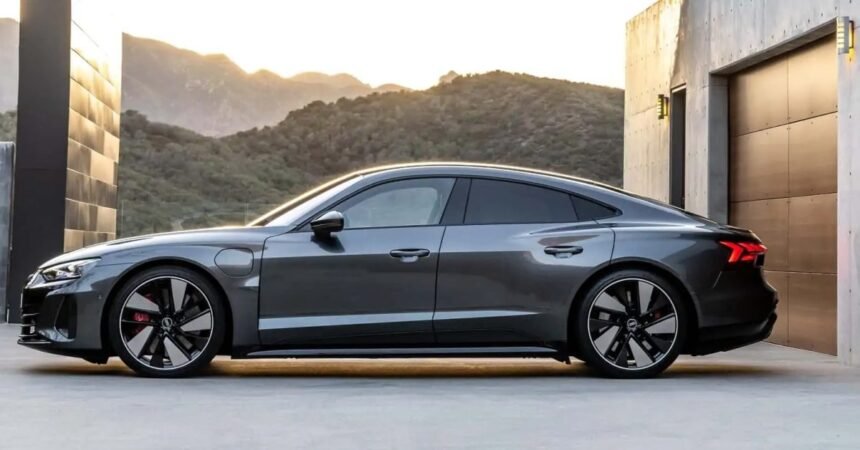With much of the US currently experiencing a record-breaking heatwave, the performance of electric vehicles (EVs) in extreme summer temperatures has become a topic of interest for many prospective buyers and current owners. A recent study conducted by EV leasing and subscription specialists at Recurrent Auto, tracking over 29,700 electric cars in real-world conditions, has shed light on which EVs perform the best in hot weather conditions.
According to the findings published by Recurrent Auto, EVs generally perform well in hot weather, with minimal range loss of less than 5% at temperatures around 90°F (32°C). However, at temperatures above 100°F (37°C), range impacts can increase to around 17-18%, although these reductions are temporary as the AC system works to keep passengers cool. It is advised that EV owners and dealerships avoid letting an EV sit with extremely low states of charge in extreme heat, as the battery power is used to keep the battery cool.
The study ranked the Audi e-tron as the top-performing EV in hot weather conditions, closely followed by the BMW i4 and Rivian R1S, all of which reportedly experience less than a 3% range loss even at temperatures as high as 100°F. To provide a clearer understanding of these percentages, I have calculated the range loss for various EV models based on their EPA-rated range under ideal conditions and the percentages from Recurrent’s findings.
While this rough estimation may not be used as a definitive guide for planning road trips in extreme heat, it serves as an interesting exercise in understanding how different EV models perform in hot weather conditions. For those interested in purchasing a hot weather-ready electric car, links to local deals on specific EV models mentioned in the study are provided for further exploration.
Overall, the study by Recurrent Auto provides valuable insights into the performance of EVs in extreme heat and underscores the importance of considering weather conditions when evaluating the range and efficiency of electric vehicles. As the popularity of EVs continues to grow, understanding how these vehicles operate in various weather conditions becomes increasingly important for both current and prospective EV owners.







